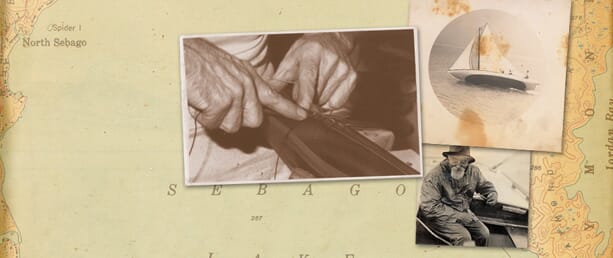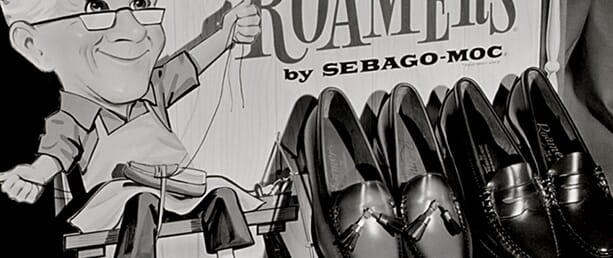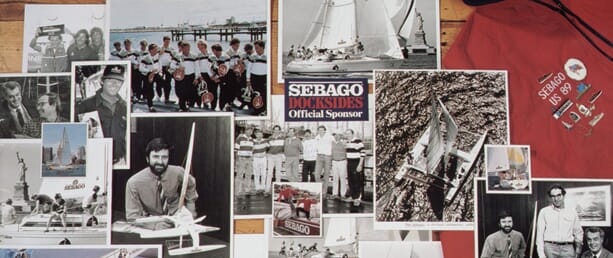Sebago's enduring boat shoe is a central part of New England preppy style. This is footwear that's earned its place as a wardrobe essential precisely because what's now a classic style wasn't designed with looks in mind at all.
Sebago founders Daniel J. Wellehan, William Beaudoin and Joseph Cordeau set out to make shoes that would work when its wearer was out on deck, and so the first Sebago footwear was made, nearly 70 years ago.
Originally called the Sebago-Moc, the shoe was an instant hit, becoming popular well beyond the yachting and fishing communities it was originally aimed at. A new factory was needed - and built in Maine in 1952 - to satisfy demand for a staggering 2,000 pairs of Sebago-Mocs, or Sebago Penny Loafers, a day.
The one-million mark had already been passed when Swiss entrepreneur Francisco Gaudier fell in love with his pair - and promptly introduced the rest of Europe to Sebagos.
The company came up with the name "Docksides" in 1970, and in so doing defined an entire class of footwear. Sebago Docksides promptly became the footwear of choice on US campuses, and still Sebago remained determined to point out that these were shoes constructed with one function in mind.
The result was that sponsorships of ocean-going racing yachts and of the US Sailing Team followed. This tradition has continued in associations with America's Cup teams and, further to underline functionality, the waterproof "Dryside" shoes which made their debut in 1994.
Sebago's footwear remains true to its roots, while embracing its place in the fashion world, with limited edition collaborations and seasonal ranges in on-trend colours.
American style comes no more authentic than Sebago. Our view? Here's East Coast history in a pair of shoes, however and whenever you wear them.




